Earth and Environmental Sciences Area research is driven by the pressing need to advance transformative discoveries and solutions to challenges relating to energy and the environment. The overarching goal is to address environmental, food, water, and energy challenges through a deeper understanding of complex natural systems from the molecular to environmental scale and from hours to centuries.

In the laboratory and field we test techniques for energy production and storage, focusing on critical minerals for clean energy, geothermal energy, and hydrogen storage.

EESA’s holistic approach to forging a lower-carbon future includes solutions involving carbon monitoring and storage; managing the land carbon sink; and measurement, monitoring, reporting, and verification.

Our research explores the relationship between climate and the carbon cycle, and how climate is connected to water, energy, and society.
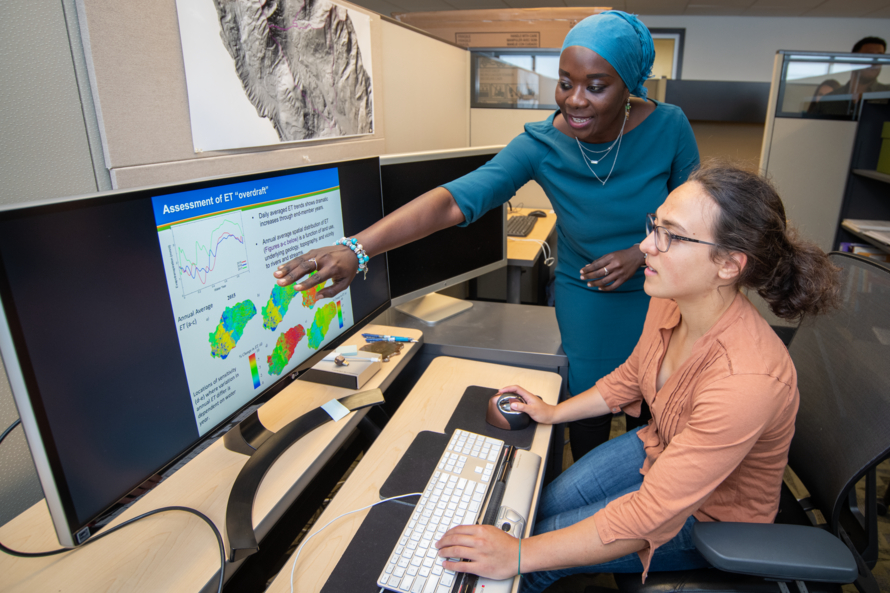
Scientists at EESA make use of machine learning, data sciences, informatics, and data management to advance state-of-the-art Earth science observations, modeling, and theory.
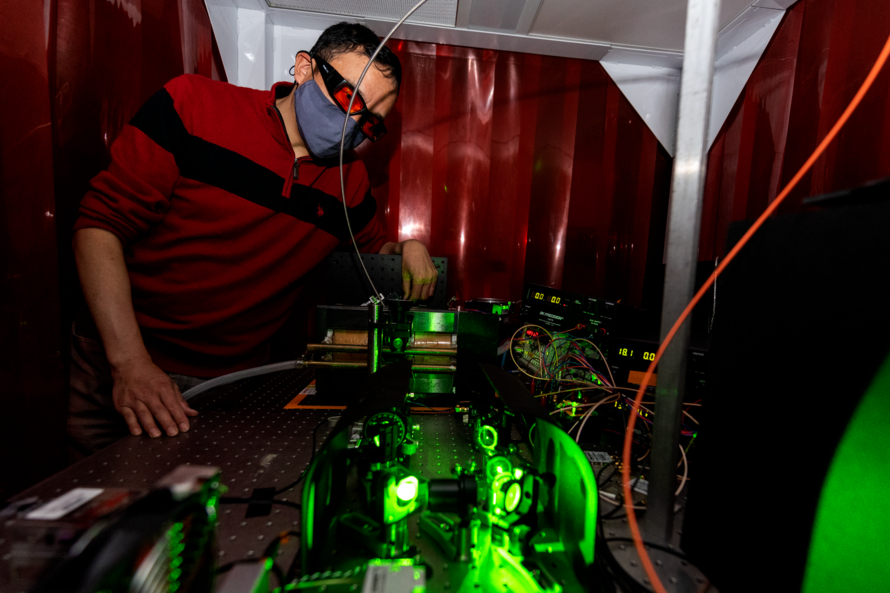
EESA explores fundamental scientific questions that underpin some of the most significant energy-related research of our time. We are engaged in basic energy science geosciences and discovery biology.
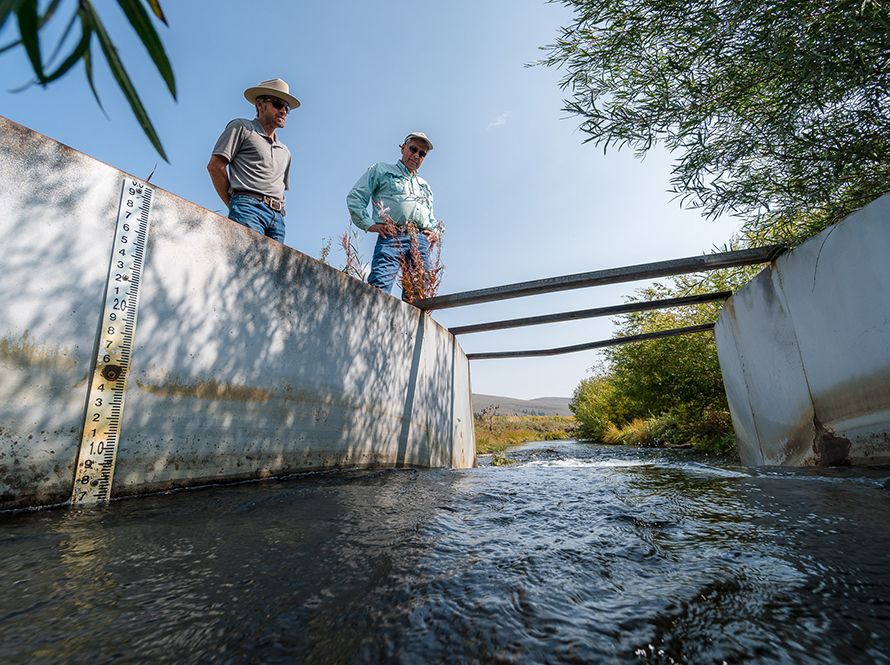
In the face of aging infrastructure and a barrage of extreme weather events, our experts work to develop solutions for managing natural hazards and designing resilient infrastructure.
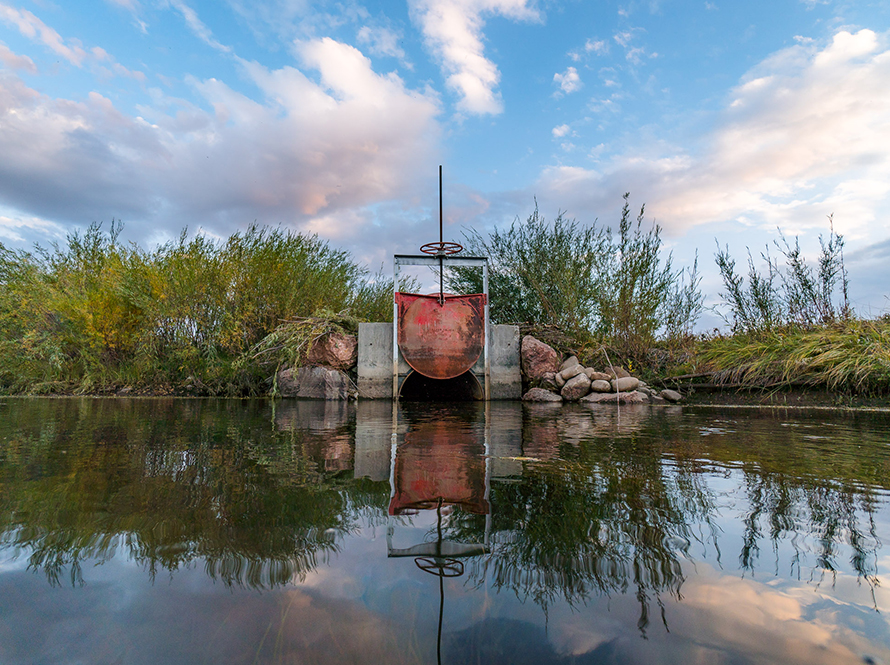
Our experts examine the impact of hydroclimate extremes on watershed functions; novel techniques for groundwater management; and new approaches for the treatment of unconventional water sources for reuse.

The Climate and Ecosystem Sciences Division focuses on enhancing understanding of the complex system of integrated components interacting with Earth’s climate. Through extensive field research and innovative climate modeling, researchers in the division aim to translate scientific understanding into long-term solutions to environmental challenges such as drought, water shortages, and extreme weather events.
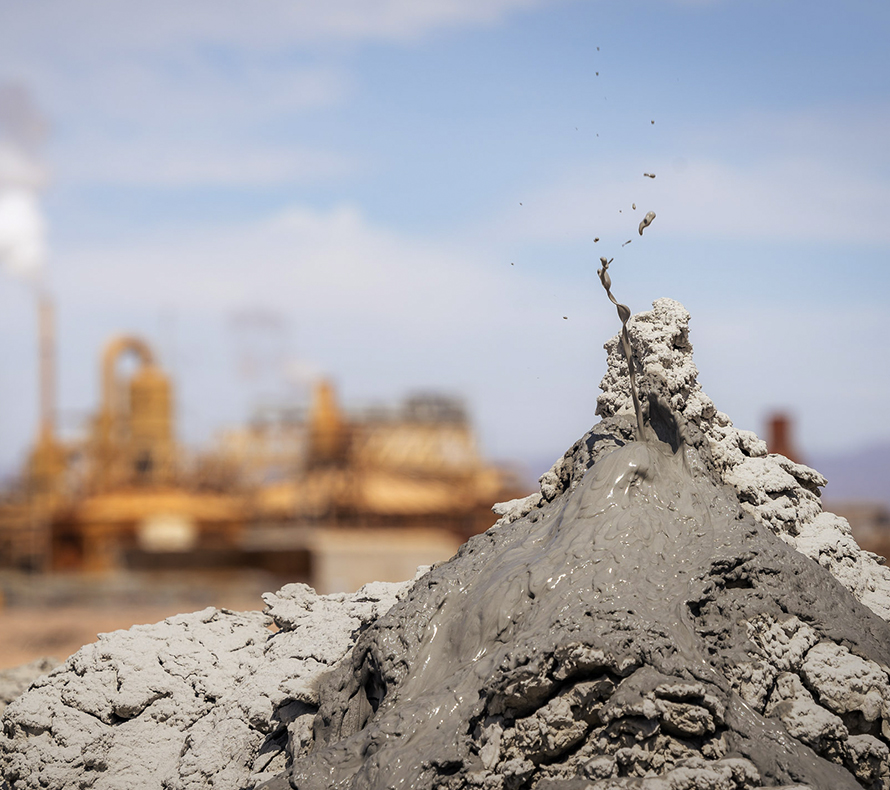
The Energy Geosciences Division focuses on advancing tools and capabilities to help support sustainable use of Earth’s energy resources, especially as it relates to energy infrastructure, carbon management, water resource management, and the societal and environmental impact of energy acquisition.


